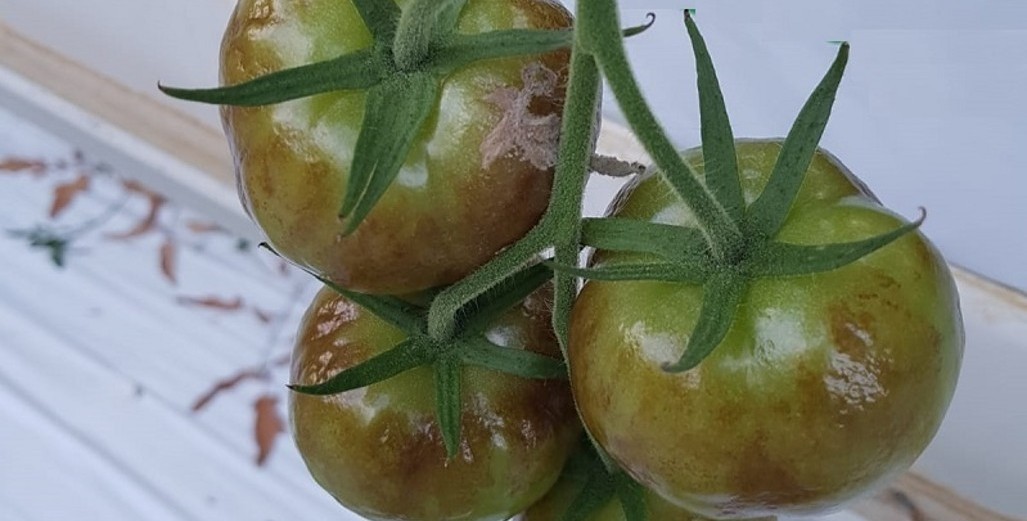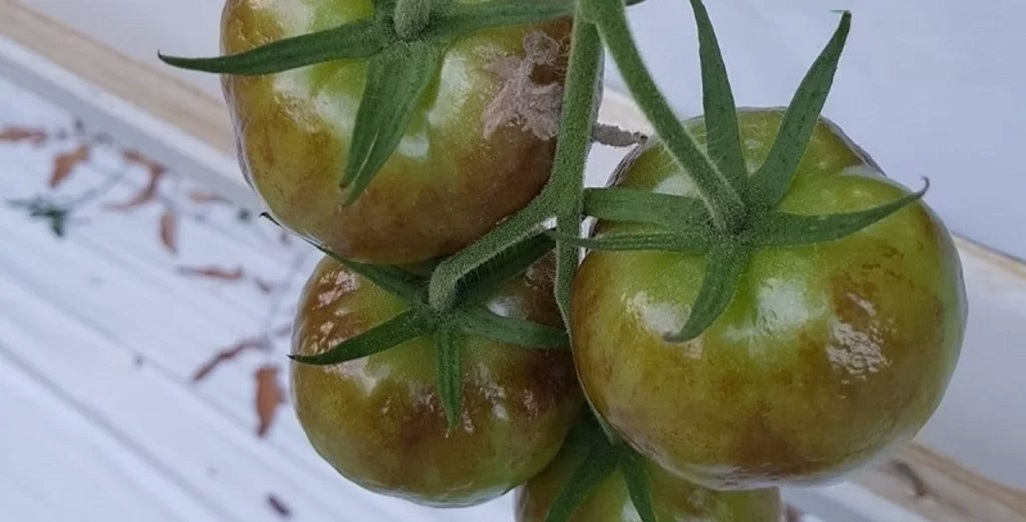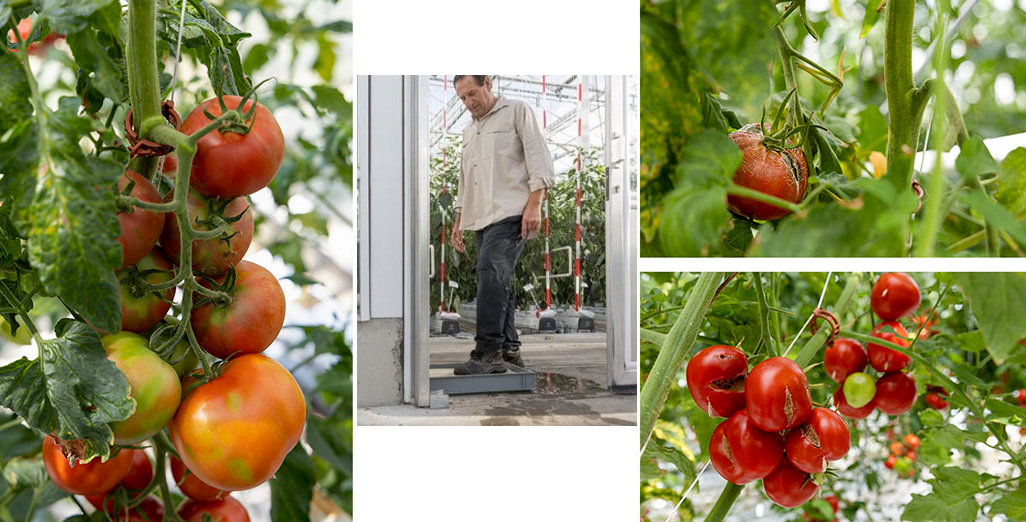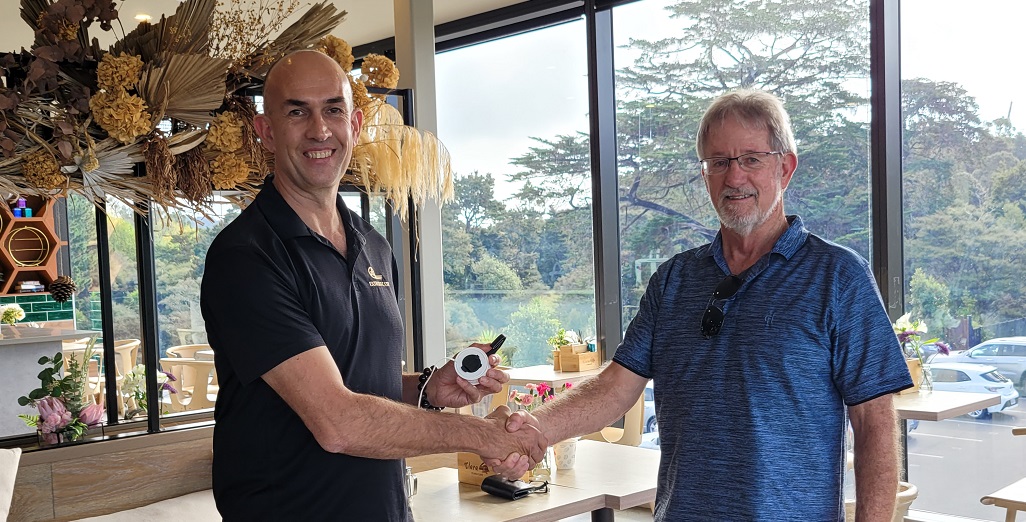Sign up here to subscribe to the Grower2grower Ezine. Every two weeks you will receive new articles, specific to the protected cropping industry, informing you of industry news and events straight to your inbox.
Jan 2020
Strict protocols needed to prevent ToBRFV

Visiting Consultants, Service Providers, Second Hand Equipment
If we should have learnt something from 2019, in this part of the world, it is if you do not take seriously, scientifically supported information, then the consequences will be disastrous. I am now fully aware and taking serious notice of the developments of Tomato Brown Rugose Fruit Virus (ToBRFV), affecting the tomato industry around the globe. So far, it would appear that no incursion has happened in either New Zealand or Australia. Good management and possibly good luck until this point may have attributed to the virus not travelling to Australasia.
With the world so closely connected by trade, whether that be from products or travelling consultants and industry workers, it seems almost inevitable that an incursion may happen in New Zealand or Australia in the near future.
I believe this virus, from all of the reading and literature, is quite hard to eliminate, with disinfection for example of less than 12% solution of chlorine! Consultants who visit New Zealand from countries currently with the virus, will have to take extreme care with their clothing as I don’t believe they will be washing their footwear and clothing in a 12% solution of chlorine before travelling to NZ.
International greenhouse consultants should not enter or leave known (and unknown for that matter) infected greenhouse complex without being suited and scrubbed down like a surgeon preparing for an operation. I think the international consultants and suppliers I deal with are highly professional, they understand the dangers in not following the strictest of hygiene protocols. However, even though I believe the risk from highly professional visiting consultants is minimal, growers should take every precaution possible to reduce the chance of the virus entering their greenhouses by using similar or the same hygiene measures our Dutch counterparts have. Hygiene protocols is something, within the industry as a whole, we have been slightly remiss with both in terms of our own staff and industry service providers.
Last week I visited a property where new irrigation main pipes and pe lines were being installed before the outgoing crop had been removed. This did not impress me. Even though we don’t have the ToBRFV virus we do have canker issues from time to time, and if the workers that installed the irrigation used their same footwear or overalls the next day at another property, they then become high level risk contaminators. There is nothing to be gained from pointing fingers in this situation, but we must learn and come up with industry standards to follow. The main responsibility will remain that of growers, but unless growers themselves are made aware how will they understand the importance.
Second hand equipment, used in the greenhouse industry, imported into NZ should be immediately stopped. It is ridiculous to think that any second hand products, with possible contamination, is permitted to enter the country. All new products also need to be treated with caution. Representatives from these companies may visit growers in their own countries and unwittingly transfer the virus. Although this is highly unlikely as many suppliers are fully aware of the situation, as are consultants, it cannot be 100% discounted.
Other articles posted this week have information that could help prevent you from potentially loosing your ability to grow tomatoes if ToBRFV establishes itself in your greenhouse. I am hoping that in time, like other virus issues the tomato industry has already dealt with, that long-term solutions are found but until then hygiene and prevention is a no brainer.
Below other interesting links related to ToBRFV
https://www.tomatoesnz.co.nz/latest-news/april/
https://royalbrinkman.com/knowledge-center/crop-protection-disinfection/diseases/combat-tobrfv

I appreciate your comments. Please feel free to comment on the grower2grower Facebook page:
https://www.facebook.com/StefanGrower2grower/
Article Written and compiled by Stefan Vogrincic, Consultant, Grower2Grower
Article Edited by Marie Vogrincic, Editor, Grower2Grower
CLASSIFIED
Subscribe to our E-Zine
More
From This Category
Vegetables by Bayer – ToBRFV Knowledge Centre

MPI – decision to temporarily suspend all Imported Australian fresh Tomatoes the correct one.

Tomato Brown Rugose Fruit Virus (ToBRFV) confirmed in Australia – what we need to know
Jasper Verhoeven – Best Hygiene Practices for Greenhouses, A Dutch perspective

We have news. Reelenz has new owners.



























